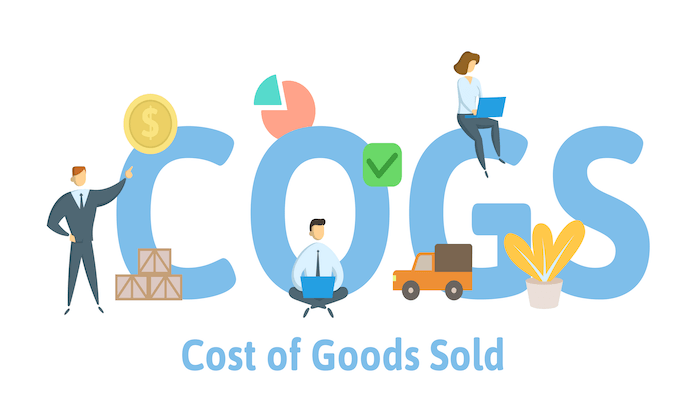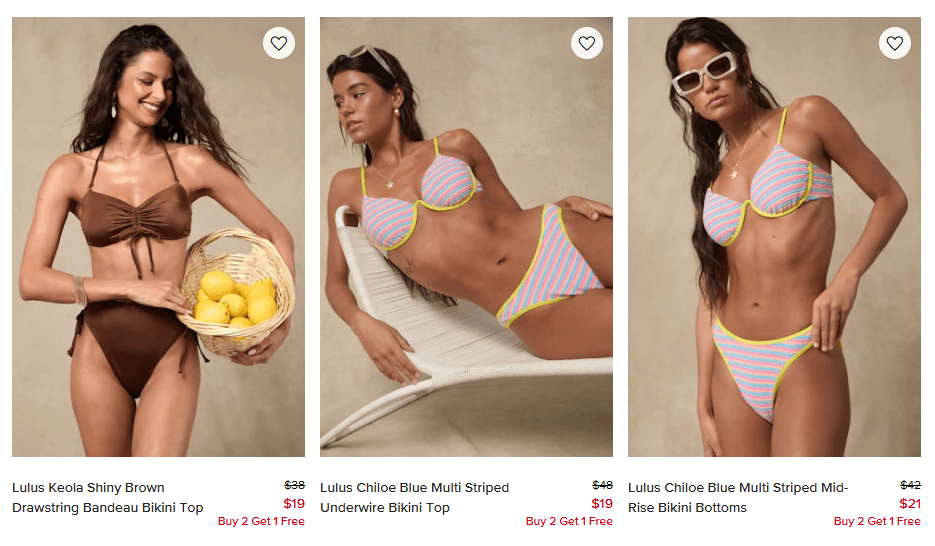Setting the right price for your swimwear is the single most important factor in determining your brand’s profitability and long-term success.
Price too low, and you leave money on the table and devalue your brand. Price too high, and you risk alienating customers and losing sales. So, how do you find that perfect sweet spot?
The answer lies in a strategic, multi-step formula. To price your swimwear collection for profit, you must first calculate your total Cost of Goods Sold (COGS) per unit, including all material, labor, and overhead costs. Then, you need to conduct thorough market research to understand your competitors and define your brand’s unique position. Finally, you must apply a proven pricing strategy, such as the industry-standard cost-plus model, to set a final retail price that not only covers all your expenses but guarantees a healthy profit margin on every single piece you sell.
In this guide, I’ll walk you through how to calculate costs, choose the right profit margin, and position your swimwear pricing to attract customers and stay profitable.
Step1.Determine Your Total Cost of Goods Sold

Before you can price a product, you must know your “landed cost“—the total cost to get one finished unit into your possession, ready to sell. For most brands working with a production partner, this means looking beyond the initial quote from your manufacturer.
If you are working with a Full-Package Swimwear Manufacturer that handles sourcing, cutting, and sewing, they will provide you with a per-unit price.
It’s crucial to know what kind of price they are quoting:
EXW Price(Factory Price):
It includes the cost to produce and package the goods, but does not include any transportation, insurance, customs, or export fees.
FOB Price (Free on Board):
This is the most common price quoted. It includes the cost of the finished garment delivered to the nearest port or shipping depot in the country of origin.
It does NOT include international shipping, insurance, import duties, or local delivery to your warehouse.
LDP Price (Landed Duty Paid):
This is an all-inclusive price. It covers the finished garment, shipping, insurance, customs clearance, and duties. The manufacturer handles all logistics to get the product to your country’s port, and sometimes directly to your warehouse.
Calculating Your True COGS from a Manufacturer’s Quote:
Your manufacturer’s price is the biggest piece of the puzzle, but it’s rarely the final number. Your true COGS must include all subsequent costs.
If you receive an FOB Price:
FOB Unit Cost: (Price from manufacturer)
- + Freight/Shipping: (Cost per unit to ship from their port to yours)
- + Customs & Duties: (Taxes your country charges on import, calculated as a % of the goods’ value)
- + Logistics/Inland Freight: (Cost to transport from the destination port to your warehouse)
- + Packaging: (Your branded mailers, thank you cards, etc.)
- = Your Total Landed COGS
Example Calculation (Using an FOB Price):
Let’s say your manufacturer quotes you an FOB price. Here’s how to calculate your final landed cost per unit:
- Manufacturer FOB Price per Bikini: $18.00
- Freight & Insurance (per unit): $2.25
- Import Duties (e.g., 15% of FOB): $2.70
- Inland Delivery (from port to you, per unit): $0.50
- Branded Packaging (mailers, tags, etc.): $1.00
- = Your Total Landed COGS: $24.45
This final number, $24.45, is the true cost you must use as the foundation for your pricing strategy.
Step 2: Analyze the Market and Position Your Brand
With your COGS calculated, it’s time to look outside your own business. Pricing doesn’t happen in a vacuum; it’s a direct conversation with your target market.
- Know Your Customer: Are you targeting teenagers looking for trendy, affordable suits or high-income women seeking premium, timeless designs? Your customer’s willingness to pay is a critical factor.
- Benchmark Your Competitors: Identify 3-5 direct competitors. Analyze their price points, quality, and brand messaging. Where do they sit in the market? Don’t just copy their prices, but use them as a benchmark to understand consumer expectations.
- Define Your Unique Value Proposition (UVP): What makes your swimwear special? Is it your exclusive prints, your use of recycled Italian fabrics, your inclusive sizing, or your impeccable craftsmanship? A strong UVP allows you to command a higher price. Your price should reflect this value.

Step 3: Select the Right Pricing Strategy for Your Swimwear
Now you combine your internal costs with your external market analysis to choose a pricing model.
1.Cost-Plus Pricing: This is the most common and straightforward method in fashion. You simply multiply your COGS by a set markup to determine the retail price. The industry standard markup is between 2.5x and 4x.
- Formula: Retail Price=COGS×Markup
- Example: Using our $24.45 COGS with a 3x markup: Retail Price=$24.45×3=$73.35 Based on this, you might set the final retail price at $75 or $79 to align with market perception and psychological pricing tactics.
2.Value-Based Pricing: This strategy focuses on the perceived value of your product rather than its cost. If your brand is known for luxury, sustainability, or solving a specific problem (e.g., “the perfect fit for curvy bodies”), you can price based on what the customer believes it’s worth. This often allows for much higher profit margins but requires strong branding and marketing.
3.Competitive Pricing: This involves setting your prices based on what the competition is charging. You might price slightly below a key competitor to attract budget-conscious shoppers or slightly above to signal higher quality. This can be effective but risks commoditizing your brand if not paired with a strong UVP.
Step 4: Factor in Margins, Markdowns, and Overheads
Your retail price isn’t pure profit. You must account for the other costs of doing business.
Wholesale vs. Retail: If you plan to sell to other retailers (wholesale), they will typically expect a 50% margin. Your direct-to-consumer (DTC) retail price needs to be high enough to support this potential wholesale relationship without undercutting your retail partners.
Markdowns and Promotions: You will inevitably have sales. A healthy initial markup ensures that you can offer a 30% discount during a sale and still make a profit.
Business Overheads: Your price must contribute to covering marketing expenses, website hosting fees, photography costs, salaries, and other general business expenses.
Step 5: Implement Psychological Pricing Tactics
Small tweaks to your final price can have a big impact on sales.
Charm Pricing: Ending a price in .99 or .95 (e.g., $79 instead of $80) is a long-standing psychological trick that makes the price seem significantly lower to the human brain.
Price Anchoring: When launching a new collection, you can show a “was” price next to the current price (e.g., “~~$95~~ $79”) to create a sense of urgency and value.

Bundling: Encourage higher average order values by offering a small discount for purchasing a set. For example, if a top is $75 and a bottom is $75, offer the complete set for $140.
Conclusion
Pricing your swimwear collection is a blend of art and science. By starting with a precise calculation of your costs, analyzing the market landscape, and choosing a strategicpricing model, you can move beyond guesswork.
Remember to build in margins for growth, promotions, and unforeseen costs.
Finally, don’t be afraid to test and analyze your results. The right price will not only attract your ideal customer but will also build a sustainable, profitable brand for years to come.
